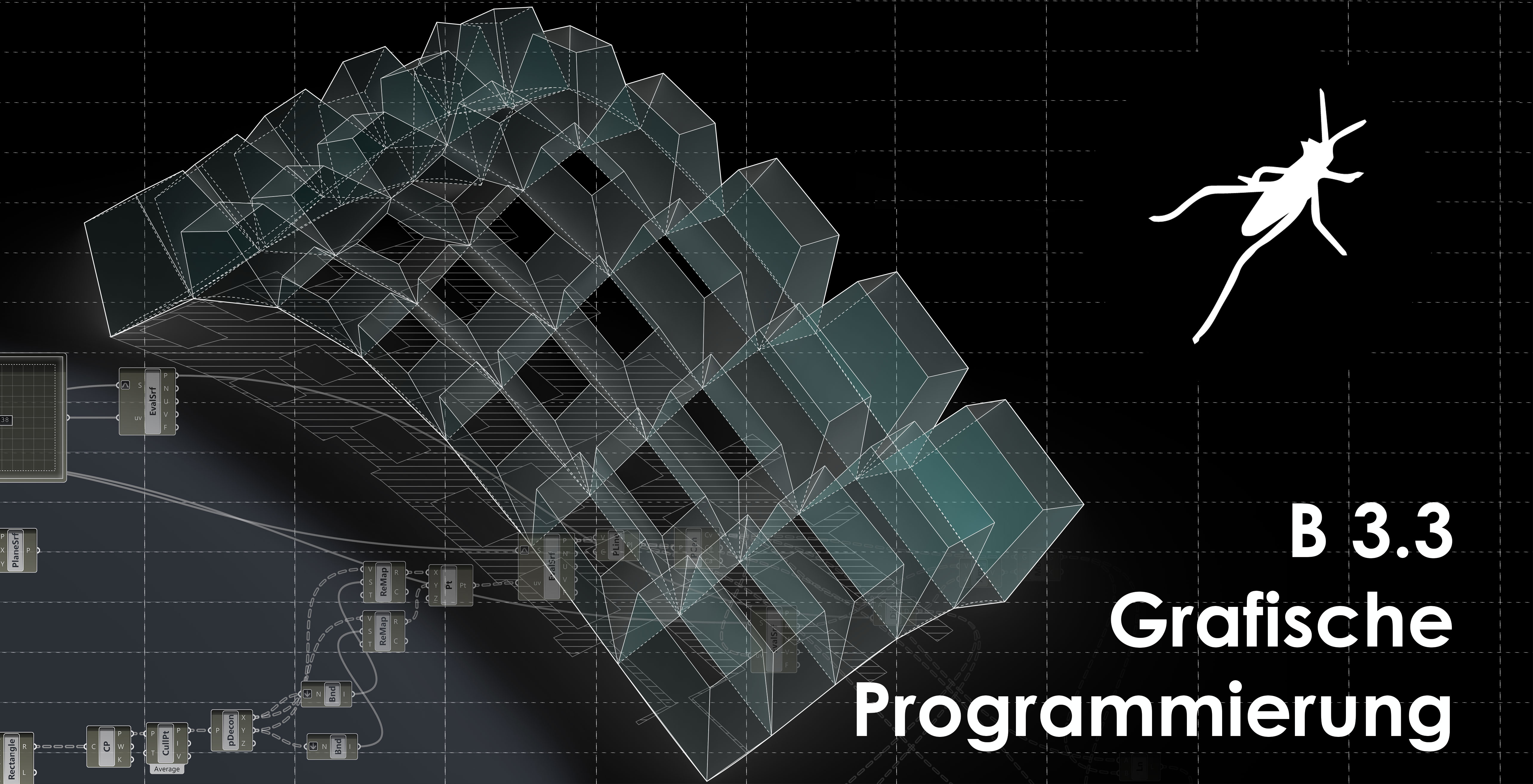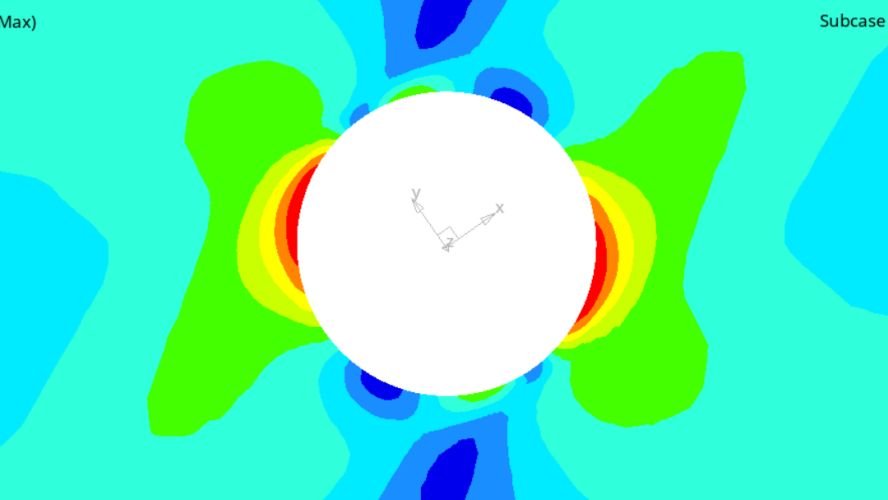Herzlich willkommen im Grundlagenseminar - Einführung in die Soziologie sozialer Ungleichheit - Grundlagen des Sozialstaats
- Dozent/in: Christian Kolbe
Kursbereich: Pflege und Gesundheit Bachelor - Studiengänge
Herzlich willkommen im Grundlagenseminar - Einführung in die Soziologie sozialer Ungleichheit - Grundlagen des Sozialstaats


Dies ist der studienbegleitende Raum für das Schwerpunktmodul mit M13.2, M14.2.1,2 der Sozialen Arbeit im Kontext von Strafverfahren im Bereich Ausgrenzung/Integration für SoSe23 bis SoSe24.

Der Kursraum wird erst Anfang August für die Studienanfänger*innen im WiSe25/26 geöffnet.


